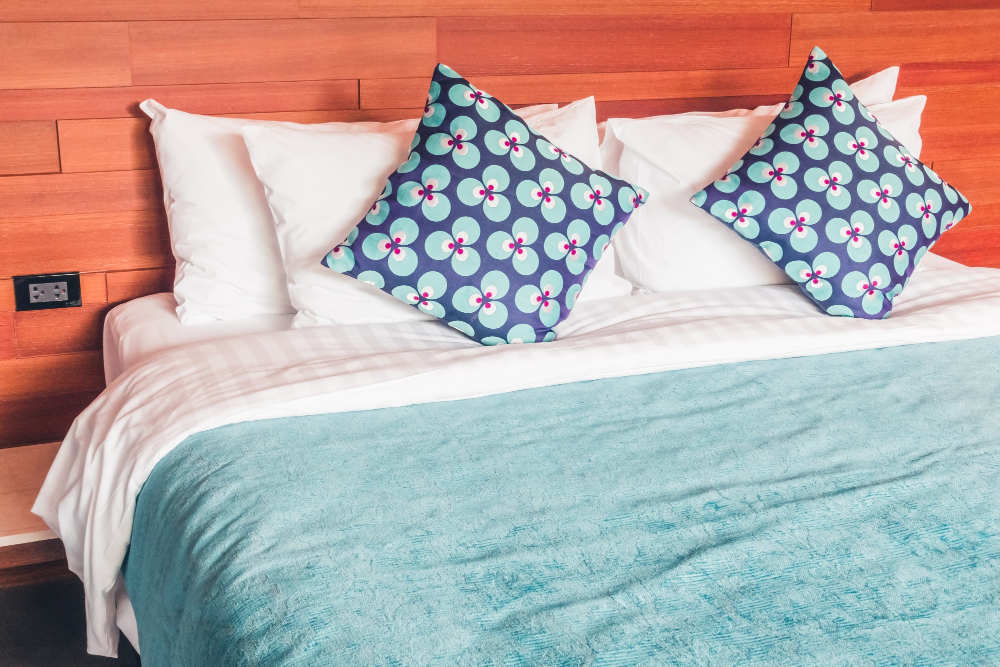In the realm of textile design, the art of printing and dyeing opens up a world of possibilities for creating visually stunning and expressive fabrics. The synergy of traditional craftsmanship and modern techniques is at the heart of developing printed and dyed textiles that captivate the senses. This journey involves meticulous planning, innovative design processes, and a deep understanding of the interplay between colors, patterns, and materials.
1. Inspirational Exploration:
The journey begins with a comprehensive exploration of inspirations that will guide the printed and dyed textile design. Drawing from a myriad of sources such as art, nature, and cultural motifs, designers embark on a quest to conceive patterns and color schemes that evoke emotion and tell a story. This initial step sets the stage for the creation of truly distinctive textile products.
2. Design Conceptualization:
In the realm of printed and dyed textiles, the design conceptualization phase is a marriage of artistic vision and technical precision. Designers translate their inspirations into intricate patterns, exploring the possibilities of repeats, scales, and color combinations. Advanced digital tools play a crucial role in refining designs, ensuring a seamless transition from concept to a visually appealing digital representation.
3. Material Selection and Preparation:
Choosing the right base material is pivotal for achieving desired print and dye results. The characteristics of the fabric influence how colors are absorbed and how patterns come to life. Designers carefully select fabrics based on their composition, weave, and texture, preparing a canvas that complements the intended visual impact of the printed and dyed designs.
4. Printing Techniques:
Selecting the appropriate printing technique is a critical decision in the creation of printed textiles. Techniques like screen printing, digital printing, and block printing each offer unique possibilities. Designers must consider factors such as color intensity, accuracy, and the intricacy of the design when choosing the most suitable printing method for a given project.
5. Dyeing Expertise:
Dyeing is an art form that requires a deep understanding of color theory and chemistry. Designers must carefully select dyes that achieve the desired vibrancy and longevity while considering environmental impact. Techniques such as tie-dye, shibori, and ombre add depth and dimension to the textile, creating a sensory experience for the end consumer.
6. Sample Development and Refinement:
Prototyping and sampling are crucial stages in ensuring that the printed and dyed designs meet the envisioned aesthetic. Through iterative testing, designers refine color accuracy, pattern alignment, and overall visual impact. This hands-on approach allows for adjustments to achieve the perfect balance between creativity and technical execution.
7. Quality Control:
Maintaining quality throughout the production process is paramount. Rigorous quality control measures are implemented to ensure that the printed and dyed textiles meet industry standards for colorfastness, durability, and overall excellence. Attention to detail in this phase ensures that the final product lives up to the creative vision.
8. Market Trends and Consumer Preferences:
Staying attuned to market trends and consumer preferences is essential in the dynamic landscape of printed and dyed textiles. Designers must navigate the delicate balance between timeless appeal and contemporary relevance, creating products that resonate with diverse consumer tastes.


